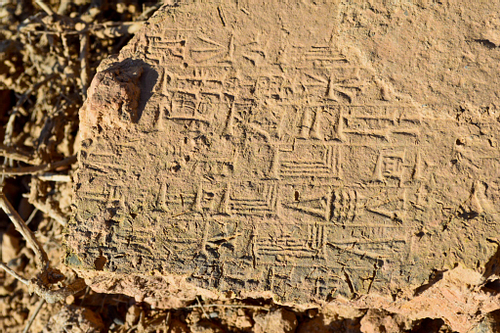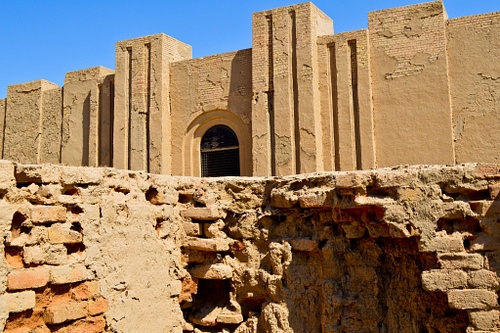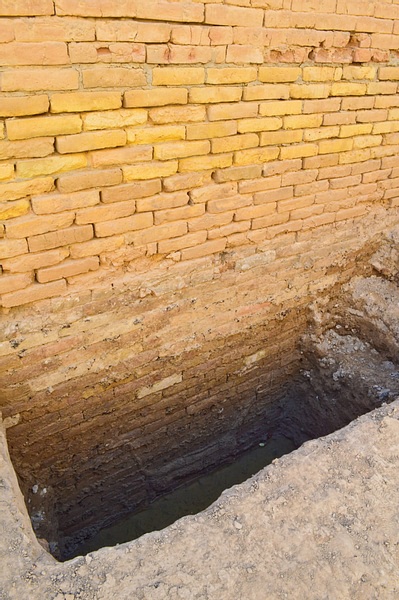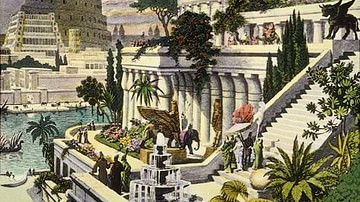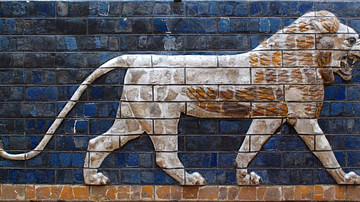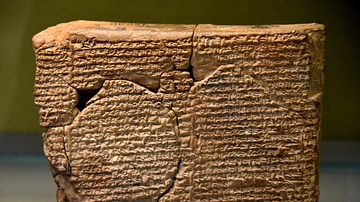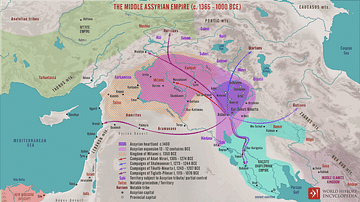We had a 4-day national holiday. Meaning what? No clinic and no hospital! I said to myself, “It's been a long time since I have visited Babylonia.” I drove my car for about 11 hours, continuously. Finally, I was there. I went to my uncle's house, which lies about a quarter of an hour from the ancient city of Babylon. The ancient city lies within the modern-day city of Hillah, the center of Babel Governorate, Iraq, about 83 kilometers south of Baghdad, the Iraqi capital city.
After the US-led invasion in 2003 CE, the American and Polish armies established a military base within the ancient city. God only knows what happened there during their presence! A British Museum report has found that extensive damage was done to the site by this military occupation. In 2009 CE, the local government of Babylon opened the city to the public.
It was a very sunny and hot day in mid-July, with temperatures exceeding 55 ºC (131 F). I took 8 bottles of cold water with me!
After passing through the checkpoint and doing the security check, I found myself in front of a replica of the Ishtar Gate; this marks the entry into the old city of Babylon. No one was there; the employees were sleeping. I and my cousin went through a large courtyard, where the “Nebuchadnezzar Museum” lies; this museum was looted by local criminals during the US-led invasion of Iraq in 2003 CE and has been closed ever since.
Then, I faced the processional street. The street is long and is divided into three parts. The first and the third parts are surrounded by fences to prevent people from entering. The original tiles are still in situ! Former president Saddam Hussein ordered the reconstruction and renovation of the ancient city of Babylon during 1980s CE and some of the walls, foundations, and buildings were buried and were replaced by modern ones.
At the right side of the Processional Street lies the Ninmah temple. I went inside it and found that some walls and roofs of the temple were in a very bad condition and no recent renovations have been done.
After that, I went once again to the Processional Street. An archaeological team was digging into some part of the foundations of the second part of the street; they uncovered the relief of a Sirrush (a four-legged Babylonian mythological creature)! At the end of the Street, turn left; the Lion of Babylon statue appears! “It has been there, standing on that man, day and night, under the sun and rain, for 2600 years,” I said to myself in awe. The pedestal and the surrounding area were undergoing renovation work. The statue itself was left, as it is, untouched.
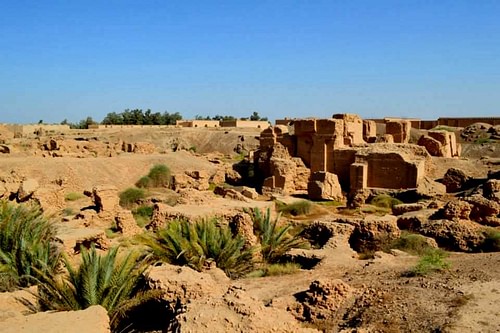
The ruins of the North Palace of Nebuchadnezzar II were next. These ruins were not touched during the 1980s' work. The inner walls of the city of Babylon are located just behind this palace, and they look like they are about to collapse. The walls look over the South Palace of Nebuchadnezzar II; this palace was rebuilt completely during Saddam's era and its older walls, rooms, and foundations were completely buried underneath this modern palace.
Although the city and its content underwent a very comprehensive renovation, using modern bricks, the scent of history and the power of king Nebuchadnezzar II are still there; I can feel it! My cousin got bored and our companion was hungry and drowsy; I shot more than 900 pictures and wanted more, but what to do!
I really enjoyed seeing the stamped bricks, and smelling the ancient walls. “Nebuchadnezzar II lived here and this person had changed the path of the history,” I told myself. Saddam Hussein tried to revive Babylon and he portrayed himself as the new Nebuchadnezzar; a policy which intended to create propaganda in order to frighten a nearby country in a very hostile way. He, instead, re-shaped the city and destroyed what Nebuchadnezzar II had done!
The Processional Way
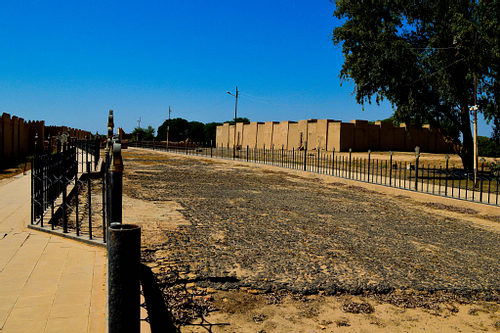
Babylonian Cobblestones
Modern Processional Way Reconstructions

Ninmah Temple
Sirrush (Mušḫuššu) and Aurochs Reliefs
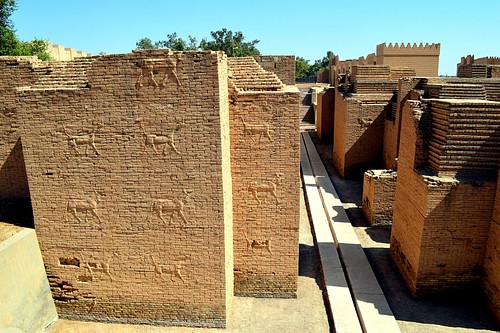
Sirrush
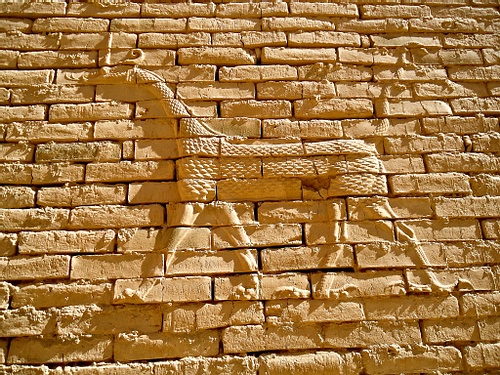
Stamped Brick in Babylon

Sirrush Discovery
Lion of Babylon Statue

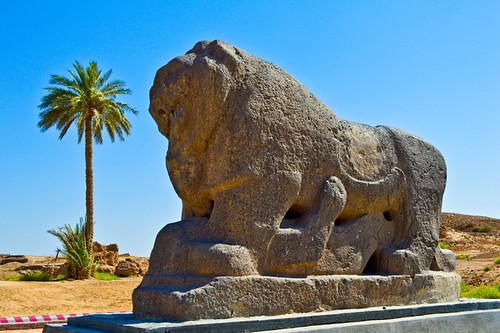
Another Stamped Mud-Brick
